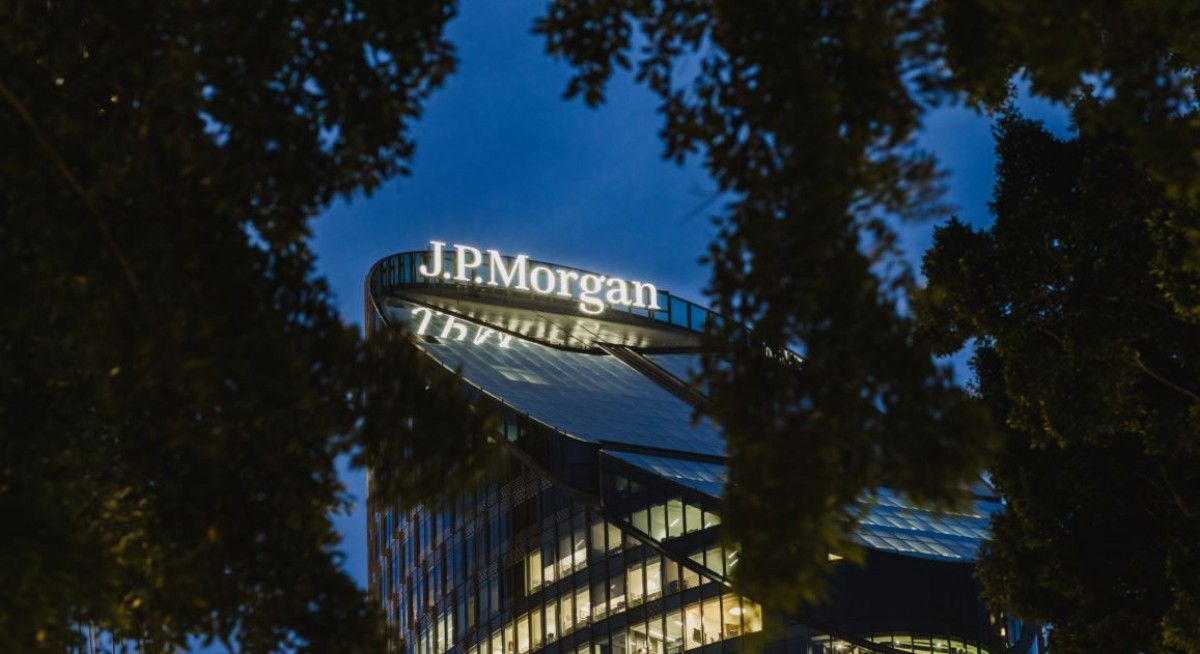Big banks are flying. Traders and dealmakers at Citigroup Inc., Goldman Sachs Group Inc., JPMorgan Chase & Co. and Wells Fargo & Co. enjoyed a roaring third quarter while lending grew, too. Stock markets are riding high and corporate borrowing costs are aggressively close to risk-free rates. And yet, the Federal Reserve is set to cut interest rates in coming months and potentially slash capital demands for banks by billions of dollars.
The biggest banks are increasingly in the business of financing non-bank lenders and asset managers — and those firms, in turn, are right now more focused on churning assets in markets than funding fresh activity in the real economy. With worries building about an AI-driven market bubble, the central bank needs to be extremely careful not to throw unnecessary fuel onto a high financial fire.
A recent data revision from the Fed showed that lending to non-banks accounted for all of the loan growth across US banks this year. These borrowers now make up 13% of loans outstanding.
While most of the big banks don’t break out revenue from lending to hedge funds and other asset managers, Goldman’s results give some clues to the demand. Revenue at Goldman’s prime brokerage unit, which lends against equities, climbed by about one-third compared with the same period last year — a quarterly record for that unit.
Banks’ capacity for this kind of lending has been promised a further lift from the Fed’s plan to change how so-called supplementary leverage ratios are calculated. This will allow banks to further grow their prime broking and bond financing arms at home and overseas — and funnel more money into potentially frothy markets.
Beyond that, executives hope that the Fed and other regulators will soon make rule changes that could free up even more capital and either allow banks to add more risk or make huge payouts to shareholders, who will need to look for assets to plow this money into.
Consultants at Alvarez & Marsal forecast this week that US deregulation could release nearly US$140 billion in equity requirements from American banks —equivalent to almost half the capital backing JPMorgan today. This is a punchy, optimistic estimate to be sure, but it gives a sense of how far things could go.
See also: DBS named world’s best AI bank
At the same time, President Donald Trump’s efforts to influence the Fed have raised expectations that interest rates will be cut by a full percentage point by next summer. There are concerns that US economic growth will slow next year and that the labour market is starting to soften. But these cuts look more likely to feed higher asset prices than resolve the uncertainty about trade and tariffs that’s preventing business leaders from committing to fresh investments.
On Oct 14, JPMorgan reported its best ever third-quarter revenue for equities and fixed-income trading combined, while Goldman and Citigroup also reported their best third period for many, many years. A busy quarter for initial public offerings and a pickup in takeover fees also drove the three investment banks to their best revenue for advisory and capital markets since the final three months of 2021, when Wall Street was in the grip of its post-Covid frenzy.
Goldman led the way with investment banking income rising 43% from last year to US2.66 billion, while Citigroup and JPMorgan reported revenue up 17% and 16% respectively. Behind all this, company and household balance sheets remain mostly strong, according to the banks, while demand for ordinary corporate loans and residential mortgages is low.
See also: StanChart signs partnership agreements to accelerate ‘global Indian proposition’ in S’pore
There are pockets of problems — JPMorgan confirmed that it suffered a US$170 million loss on financing related to bankrupt auto lender Tricolor — but these are confined to the most indebted companies and lowest-income consumers. The big increase in lending in recent quarters to non-bank financial institutions is beginning to draw analyst and investor attention.
Jamie Dimon, chief executive officer of JPMorgan, was asked several times about lending to non-banks and what investors should be worried about. The sector covers a wide variety of activities from racier subprime and high-yield private credit to secured, investment-grade loans to trillion-dollar fund managers, which all present very different risks. Dimon warned that there was a huge amount of regulatory arbitrage taking place outside of banking and that bad underwriting would be exposed when a downturn comes.
“We’ve had a benign credit environment for so long that, I think, you may see credit in other places deteriorate a little bit more than people think when there’s a downturn,” he said.
As US watchdogs look at bank rules, they should find ways to encourage lenders to create credit for the real economy and not inflate more financial bubbles. What they must not do is ideological deregulation for its own sake. That’s the way to overheat the financial system and invite a nastier crash in the future.




